The Teagasc/Irish Farmers Journal BETTER Farm beef programme has always sought to be at the forefront in terms of technical adoption in beef farming. Attendees of the recent round of national open days will have heard about the latest project the programme is playing a big role in – the LIFE Beef Carbon project. The project, spearheaded in Ireland by Donal O’Brien and Jonathan Herron of Teagasc, is designed to tackle the increasingly important issue of beef carbon footprint. Twenty BETTER Farm beef challenge farms are currently involved.
Background
Beef production systems emit significant volumes of carbon as methane and carbon dioxide gas, and lose nitrogen as nitrous oxide gas.
These emissions trap heat in our atmosphere like glass panes in a greenhouse and are collectively known as greenhouse gas (GHG) or carbon emissions.
EU member states have reacted to these concerns by agreeing targets to cut their carbon emissions
Over the last 50 years, there has been a large increase in the volume of carbon in the atmosphere and there is concern that this is changing the climate and adversely affecting the economy and environment. EU member states have reacted to these concerns by agreeing targets to cut their carbon emissions.
For example, Ireland has agreed to reduce carbon emissions by 30%, compared to 2005 levels by 2030. As the agriculture sector is the primary source of GHG emissions in Ireland, it is at the forefront of the emissions challenge and must look towards driving change, quickly.
But on the other hand, the agricultural sector is facing challenging food demands from the world’s growing population and therefore needs to develop solutions to reduce GHG emissions per unit of beef, ie carbon footprint of beef, rather than simply cutting down our beef production.
Of course, cutting beef’s carbon footprint is a difficult task, primarily because most emissions (90%) are generated from biological farming sources – soils and animals.
Nevertheless, it is possible via three main ways – improving efficiencies, using low-emission technology and building soil carbon.
LIFE beef carbon
The end-goal of the LIFE Beef Carbon project is to reduce the carbon footprint of beef farms by 15% over a 10-year period, while maintaining beef output.
A 15% reduction is the same as 120,000t of carbon dioxide equivalent (CO2e) and equal to the removal of around 60,000 cars from our roads.
The programme is being driven by four partner EU countries – Ireland, Italy, Spain and France – which account for about one-third of the EU cattle herd population. The project covers 13 livestock areas that are representative of the diversity of beef production within the EU.
A total of 2,000 demonstrative beef farms, including 100 Irish farms, will have a carbon assessment conducted
LIFE Beef Carbon aims to reduce carbon emissions by demonstrating systems and practices that enhance farm profitability and reduce the beef carbon footprint, thus enhancing the overall sustainability of the farm.
A total of 2,000 demonstrative beef farms, including 100 Irish farms, will have a carbon assessment conducted. This is the first carbon assessment operated at such a scale and it will be used to create a benchmark carbon value for the different beef production systems practised within the EU.
Currently, carbon action plans are being tested in each partner country across a network of 172 innovative farms. Testing will allow the measures planned to reduce GHG emissions and increase carbon storage to be evaluated before being rolled out across a wider range of farms.
The action plans contain a range of practices and technologies recommended for reducing beef farms’ GHG emissions
In line with the Teagasc/Irish Farmers Journal BETTER Farm beef programme’s aim to develop a roadmap for profitable beef production through improving the technical efficiency of farms, 20 farms from the current phase of the programme have been selected as the Irish ‘innovative farms’.
The action plans contain a range of practices and technologies recommended for reducing beef farms’ GHG emissions. Practices included in the Irish action plans are primarily focused on:
Improving animal health and forage quality.Optimising calving rate and age at first calving.Increasing genetic merit and optimising finishing age.Enhancing soil fertility and soil carbon.Increasing grass yield and utilisation.Using low-emission technology (eg slurry application, protected fertiliser).The feasibility of carbon footprint-reducing practices will be determined based on their effectiveness in reducing GHG emissions, enhancing overall sustainability of the innovative farms and the practicality of applying the measures.
When feasible measures are identified, a final action plan will be developed to provide a roadmap to reduce GHG emissions from the Irish beef sector.
Production data from 2016, prior to the farms entering the BETTER Farm beef challenge, was used to calculate the baseline carbon footprint. The beef carbon footprint is expressed on a per kg of liveweight gained basis. Figures 1 and 2 report the average baseline carbon footprint and emission profile of the 20 Irish innovative farms, respectively.
Methane belched from the digestive system of cattle was the main GHG contributing to the carbon footprint of beef and was the main source of GHG emissions from the innovative farms. Nitrous oxide emissions from fertiliser application, manure excreted during grazing and manure management were the next most important contributors, followed by CO2 emissions from concentrate feed, fertiliser production and electricity and fossil fuel burning. It is also important that when looking at the beef carbon footprint of these farms, the net footprint is explored as well as the gross footprint. This is the first time that beef carbon research has included the role farms play in carbon sequestration (storage).
The Teagasc/Irish Farmers Journal BETTER Farm beef programme has always sought to be at the forefront in terms of technical adoption in beef farming. Attendees of the recent round of national open days will have heard about the latest project the programme is playing a big role in – the LIFE Beef Carbon project. The project, spearheaded in Ireland by Donal O’Brien and Jonathan Herron of Teagasc, is designed to tackle the increasingly important issue of beef carbon footprint. Twenty BETTER Farm beef challenge farms are currently involved.
Background
Beef production systems emit significant volumes of carbon as methane and carbon dioxide gas, and lose nitrogen as nitrous oxide gas.
These emissions trap heat in our atmosphere like glass panes in a greenhouse and are collectively known as greenhouse gas (GHG) or carbon emissions.
EU member states have reacted to these concerns by agreeing targets to cut their carbon emissions
Over the last 50 years, there has been a large increase in the volume of carbon in the atmosphere and there is concern that this is changing the climate and adversely affecting the economy and environment. EU member states have reacted to these concerns by agreeing targets to cut their carbon emissions.
For example, Ireland has agreed to reduce carbon emissions by 30%, compared to 2005 levels by 2030. As the agriculture sector is the primary source of GHG emissions in Ireland, it is at the forefront of the emissions challenge and must look towards driving change, quickly.
But on the other hand, the agricultural sector is facing challenging food demands from the world’s growing population and therefore needs to develop solutions to reduce GHG emissions per unit of beef, ie carbon footprint of beef, rather than simply cutting down our beef production.
Of course, cutting beef’s carbon footprint is a difficult task, primarily because most emissions (90%) are generated from biological farming sources – soils and animals.
Nevertheless, it is possible via three main ways – improving efficiencies, using low-emission technology and building soil carbon.
LIFE beef carbon
The end-goal of the LIFE Beef Carbon project is to reduce the carbon footprint of beef farms by 15% over a 10-year period, while maintaining beef output.
A 15% reduction is the same as 120,000t of carbon dioxide equivalent (CO2e) and equal to the removal of around 60,000 cars from our roads.
The programme is being driven by four partner EU countries – Ireland, Italy, Spain and France – which account for about one-third of the EU cattle herd population. The project covers 13 livestock areas that are representative of the diversity of beef production within the EU.
A total of 2,000 demonstrative beef farms, including 100 Irish farms, will have a carbon assessment conducted
LIFE Beef Carbon aims to reduce carbon emissions by demonstrating systems and practices that enhance farm profitability and reduce the beef carbon footprint, thus enhancing the overall sustainability of the farm.
A total of 2,000 demonstrative beef farms, including 100 Irish farms, will have a carbon assessment conducted. This is the first carbon assessment operated at such a scale and it will be used to create a benchmark carbon value for the different beef production systems practised within the EU.
Currently, carbon action plans are being tested in each partner country across a network of 172 innovative farms. Testing will allow the measures planned to reduce GHG emissions and increase carbon storage to be evaluated before being rolled out across a wider range of farms.
The action plans contain a range of practices and technologies recommended for reducing beef farms’ GHG emissions
In line with the Teagasc/Irish Farmers Journal BETTER Farm beef programme’s aim to develop a roadmap for profitable beef production through improving the technical efficiency of farms, 20 farms from the current phase of the programme have been selected as the Irish ‘innovative farms’.
The action plans contain a range of practices and technologies recommended for reducing beef farms’ GHG emissions. Practices included in the Irish action plans are primarily focused on:
Improving animal health and forage quality.Optimising calving rate and age at first calving.Increasing genetic merit and optimising finishing age.Enhancing soil fertility and soil carbon.Increasing grass yield and utilisation.Using low-emission technology (eg slurry application, protected fertiliser).The feasibility of carbon footprint-reducing practices will be determined based on their effectiveness in reducing GHG emissions, enhancing overall sustainability of the innovative farms and the practicality of applying the measures.
When feasible measures are identified, a final action plan will be developed to provide a roadmap to reduce GHG emissions from the Irish beef sector.
Production data from 2016, prior to the farms entering the BETTER Farm beef challenge, was used to calculate the baseline carbon footprint. The beef carbon footprint is expressed on a per kg of liveweight gained basis. Figures 1 and 2 report the average baseline carbon footprint and emission profile of the 20 Irish innovative farms, respectively.
Methane belched from the digestive system of cattle was the main GHG contributing to the carbon footprint of beef and was the main source of GHG emissions from the innovative farms. Nitrous oxide emissions from fertiliser application, manure excreted during grazing and manure management were the next most important contributors, followed by CO2 emissions from concentrate feed, fertiliser production and electricity and fossil fuel burning. It is also important that when looking at the beef carbon footprint of these farms, the net footprint is explored as well as the gross footprint. This is the first time that beef carbon research has included the role farms play in carbon sequestration (storage).




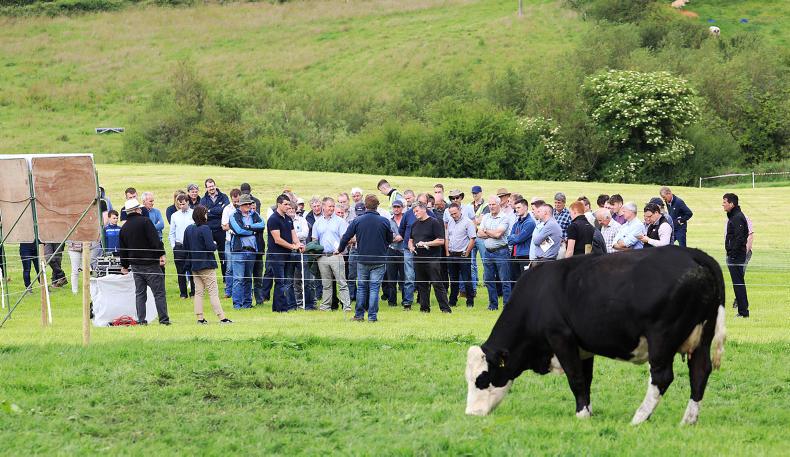
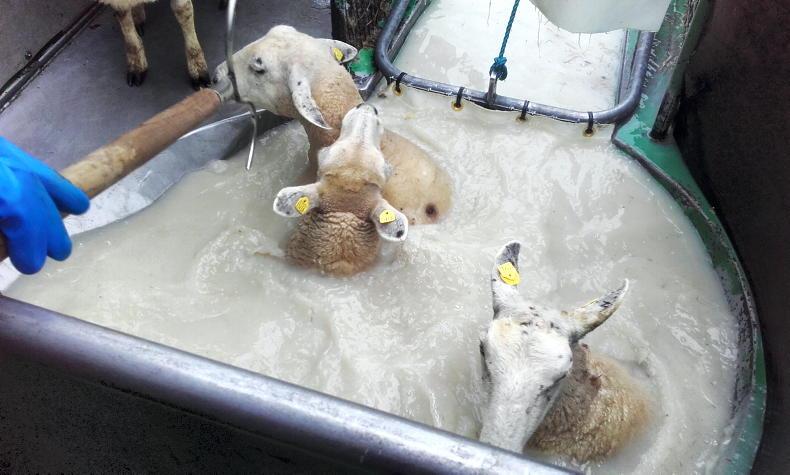

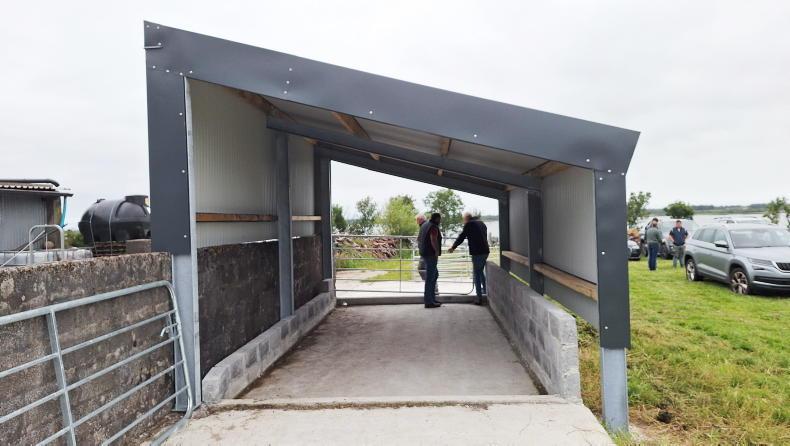
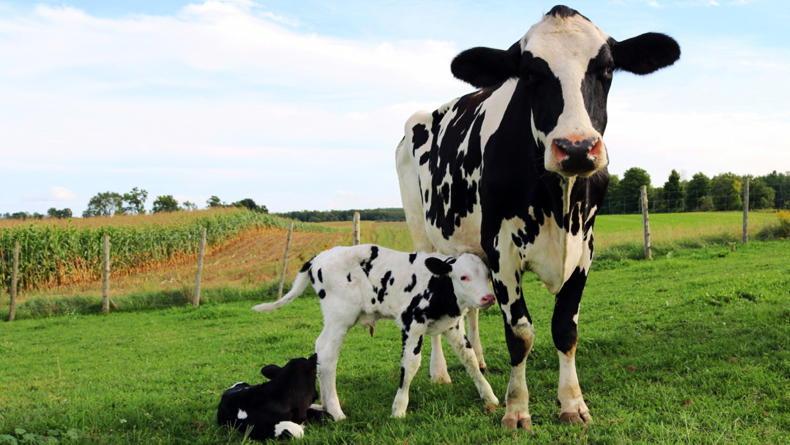
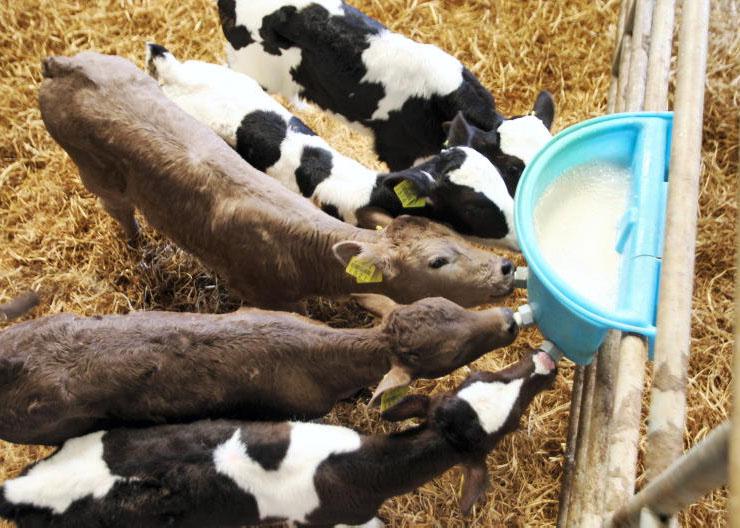
SHARING OPTIONS